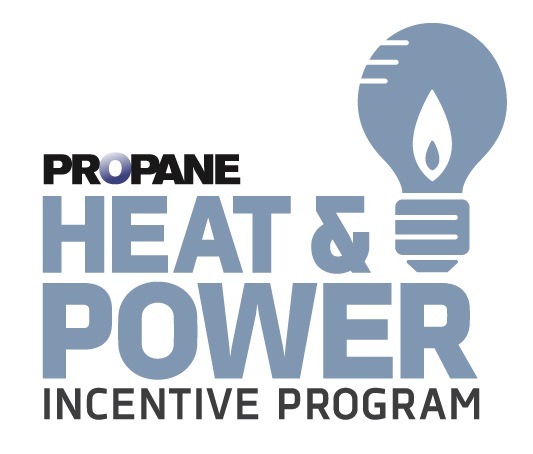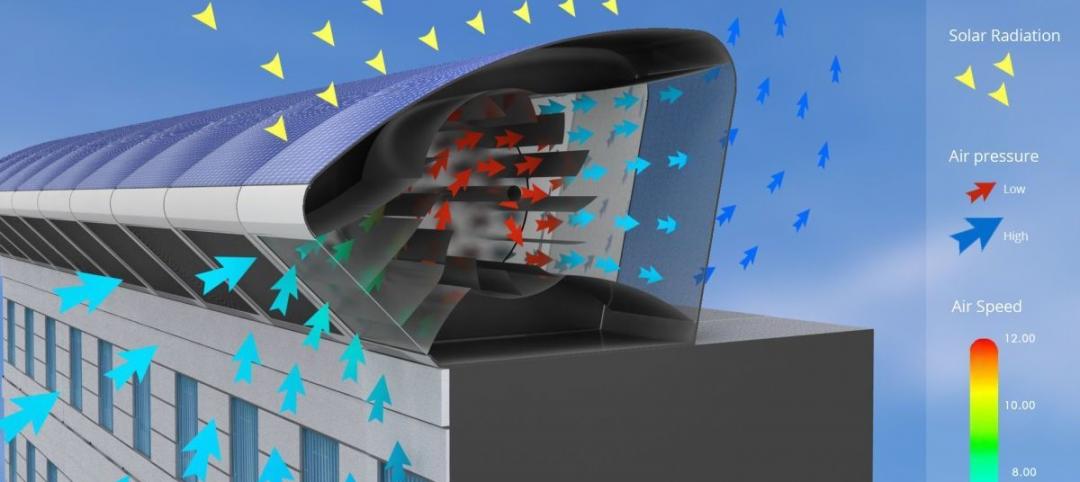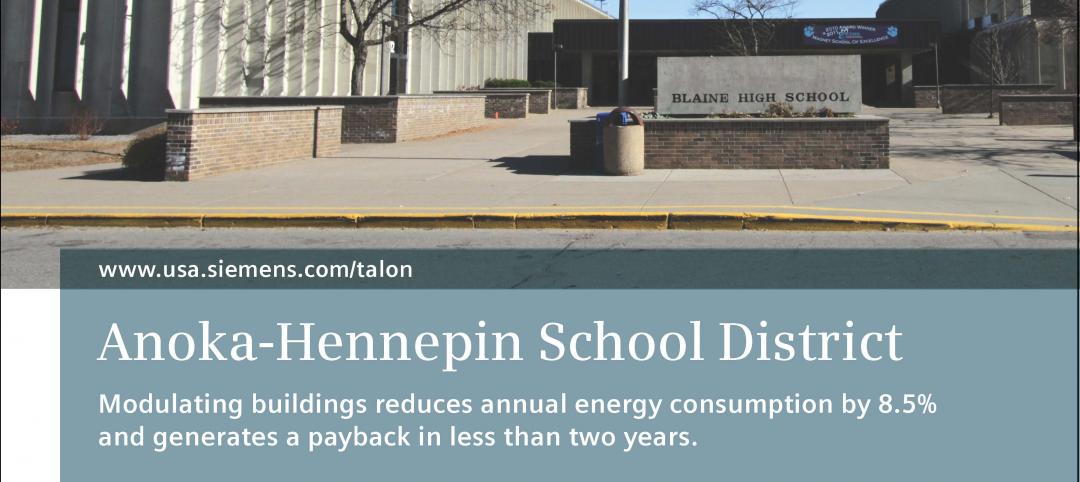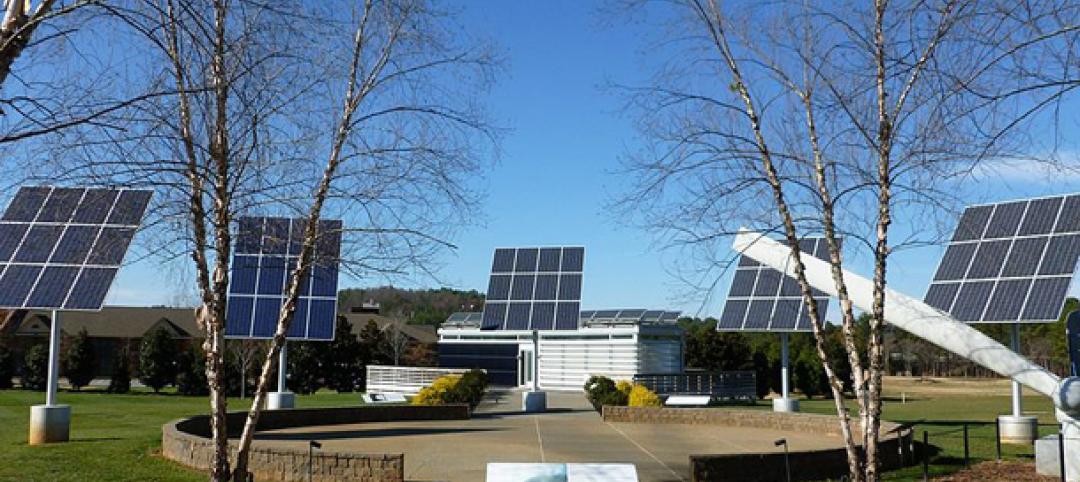The Propane Education & Research Council (PERC) announces the launch of its Propane Heat & Power Incentive Program, a nationwide research initiative designed to encourage adoption of new energy-efficient propane-fueled products by homeowners and business owners.
Participants can receive up to $10,000 toward the purchase of premium generator sets and micro-combined heat and power (micro-CHP) systems in exchange for reporting performance data on equipment to PERC. Businesses and homeowners can apply for up to two qualifying products. Feedback from the program will be used to supplement future product development and research.
“Propane is a clean-burning, American-made fuel that can help business owners and homeowners lower heating and electric bills while potentially increasing the value of their homes or properties,” Bridget Scanlon, director of residential and commercial programs at PERC, said. “The Propane Heat & Power Incentive Program lowers the initial purchase cost on new propane-fueled products, enabling more homes and businesses to experience the advantages of propane.”
The Propane Heat & Power Incentive Program offers $1,500 on the Kohler 6VSG and Generac EcoGen 6 kW generators. Micro-CHP systems, including the Marathon Ecopower and Yanmar CP5WN, qualify for a $5,000 incentive while Yanmar’s CP10WN system qualifies for a $10,000 incentive.
Propane is currently used in over 48 million U.S. households for residential applications and emits fewer greenhouse gas emissions than conventional home heating fuels and electricity. In 2009, almost 75 percent of propane sold was for residential or commercial uses.
To learn more about the Propane Heat & Power Incentive Program, qualifying products, or to apply, visit buildwithpropane.com/heatandpower.
Related Stories
Brick and Masonry | Feb 5, 2015
3D-printed 'cool brick' may provide cooling solution for arid locations
Cool Brick is made of porous ceramic bricks set in mortar. The bricks absorb water, which cools the air as it passes through the unit.
Green | Feb 4, 2015
Illinois leads top 10 states for LEED green building
Collectively, 1,662 commercial and institutional projects became LEED certified within the top 10 states in 2014, representing 251.7 million sf of real estate.
Sponsored | Metals | Jan 30, 2015
Want greater energy savings? The answer is right above you
A recent study finds that metal roofs can cut energy costs.
Energy Efficiency | Jan 28, 2015
An urban wind and solar energy system that may actually work
The system was designed to take advantage of a building's air flow and generate energy even if its in the middle of a city.
Sponsored | Energy Efficiency | Jan 23, 2015
Rapid payback and reduced consumption with modulating buildings
| Jan 21, 2015
Tesla Motors starts construction on $5 billion battery plant in Nevada
Tesla Motors’ “gigafactory,” a $5 billion project on 980 acres in Sparks, Nev., could annually produce enough power for 500,000 electric cars.
| Jan 14, 2015
Winners of the 2014 Architecture at Zero competition announced
The competition challenged design teams to create zero-net-energy buildings for the Jack London Gateway project site in Oakland, Calif.
| Jan 7, 2015
Department of Energy seeks public input on definition for zero-energy buildings
A broadly accepted market definition of zero-energy buildings is foundational to efforts by governments, utilities, or private entities to recognize or incentivize zero energy buildings.
Smart Buildings | Jan 7, 2015
NIBS report: Small commercial buildings offer huge energy efficiency retrofit opportunities
The report identifies several barriers to investment in such retrofits, such as the costs and complexity associated with relatively small loan sizes, and issues many small-building owners have in understanding and trusting predicted retrofit outcomes.
| Dec 28, 2014
Using energy modeling to increase project value [AIA course]
This course, worth 1.0 AIA LU/HSW, explores how to increase project value through energy modeling, as well as how to conduct quick payback and net present value studies to identify which energy strategies are most viable for the project.

















